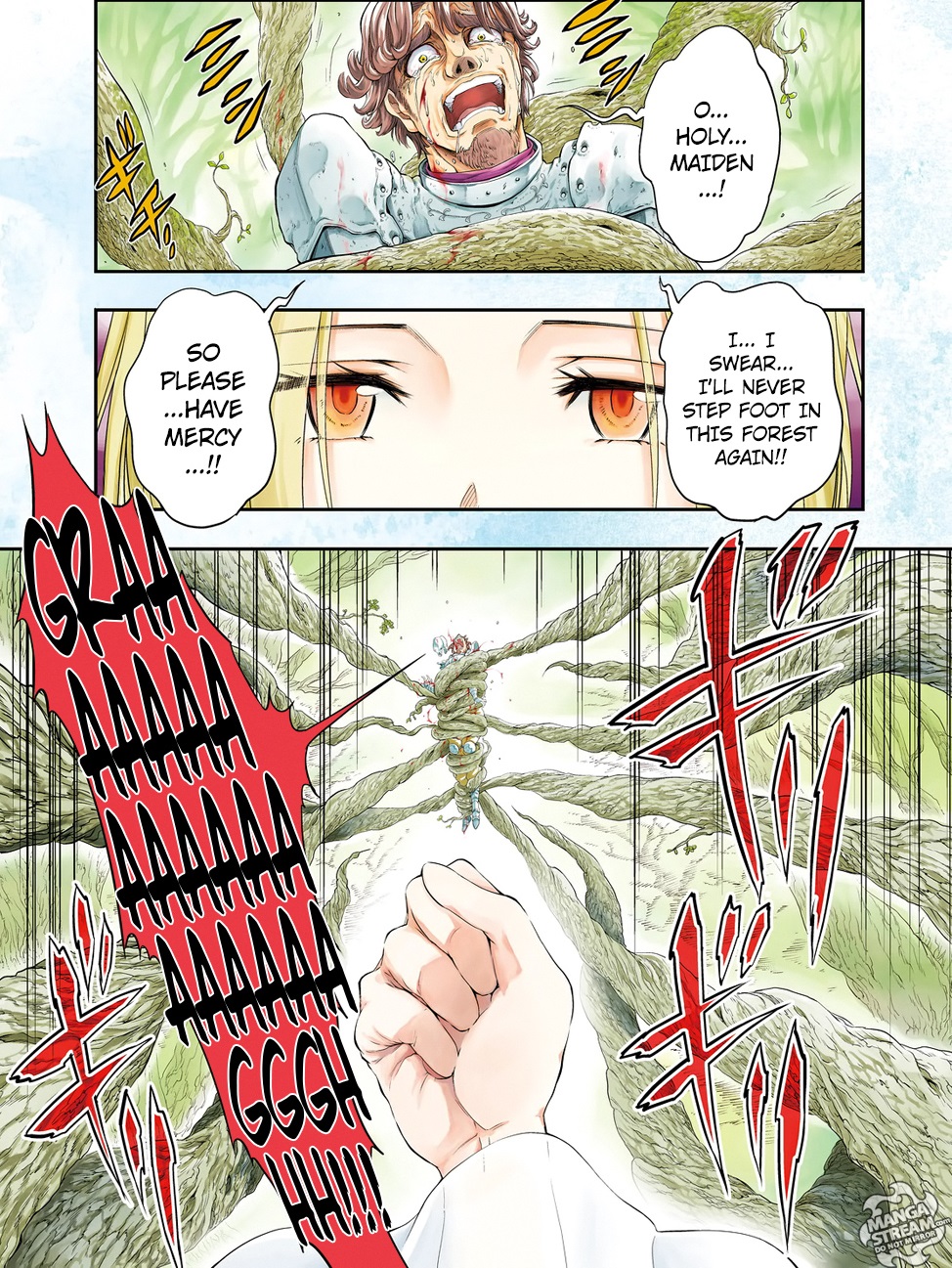
They were translated into the Latin of Western Christianity largely in the writings of John Cassian), thus becoming part of the Western tradition's spiritual pietas ( Catholic devotions), as follows:
Ὑπερηφανία ( hyperēphania) pride, sometimes rendered as self-overestimation, arrogance, grandiosity. Ἀκηδία ( akēdia) acedia, rendered in the Philokalia as dejection. Λύπη ( lypē) sadness, rendered in the Philokalia as envy, sadness at another's good fortune. Πορνεία ( porneia) prostitution, fornication. The modern concept of the seven deadly sins is linked to the works of the fourth-century monk Evagrius Ponticus, who listed eight evil thoughts in Greek as follows: Origin of the currently recognized seven deadly sins His first epistles say that "to flee vice is the beginning of virtue, and to have got rid of folly is the beginning of wisdom." Īn allegorical image depicting the human heart subject to the seven deadly sins, each represented by an animal (clockwise: toad = avarice snake = envy lion = wrath snail = sloth pig = gluttony goat = lust peacock = pride). Roman writers like Horace extolled virtues while listing and warning against vices. Aristotle lists virtues like courage, temperance (self-control), generosity, greatness of soul (magnanimity), measured anger, friendship, and wit or charm. 
Courage, for example, is the virtue of facing fear and danger excess courage is recklessness, while deficient courage is cowardice. Aristotle argues that each positive quality represents a golden mean between two extremes, each of which is a vice.

Aristotle's Nicomachean Ethics lists several excellences or virtues. The seven deadly sins as we know them had pre-Christian Greek and Roman precedents.
6.3 Pieter Bruegel the Elder's Prints of the Seven Deadly Sins. 6.2 Geoffrey Chaucer's "The Parson's Tale". 2 Historical and modern definitions, views, and associations. 1.2 Origin of the currently recognized seven deadly sins. The seven deadly sins, along with the sins against the Holy Ghost and the sins that cry to Heaven for vengeance, are taught especially in Western Christian traditions as things to be deplored. The seven deadly sins were discussed in treatises and depicted in paintings and sculpture decorations on Catholic churches, as well as in older textbooks. Teachers especially focused on pride, thought to be the sin that severs the soul from grace and which is the very essence of evil, as well as greed, with these two underlying all other sins. The Catholic Church used the framework of the deadly sins to help people curb their evil inclinations before they could fester. Evagrius' pupil John Cassian, with his book The Institutes, brought the classification to Europe, where it became fundamental to Catholic confessional practices as documented in penitential manuals, sermons like Chaucer's The Parson's Tale, and artistic works like Dante's Purgatory (where the penitents of Mount Purgatory are grouped and penanced according to their worst sin). This classification originated with the Desert Fathers, especially Evagrius Ponticus, who identified seven or eight evil thoughts or spirits to be overcome. 
According to the standard list, they are pride, greed, wrath, envy, lust, gluttony and sloth, which are contrary to the seven heavenly virtues. Behaviours or habits are classified under this category if they directly give rise to other immoralities. The seven deadly sins, also known as the capital vices or cardinal sins, is a grouping and classification of vices within Christian teachings, although they are not mentioned in the Bible.







 0 kommentar(er)
0 kommentar(er)
